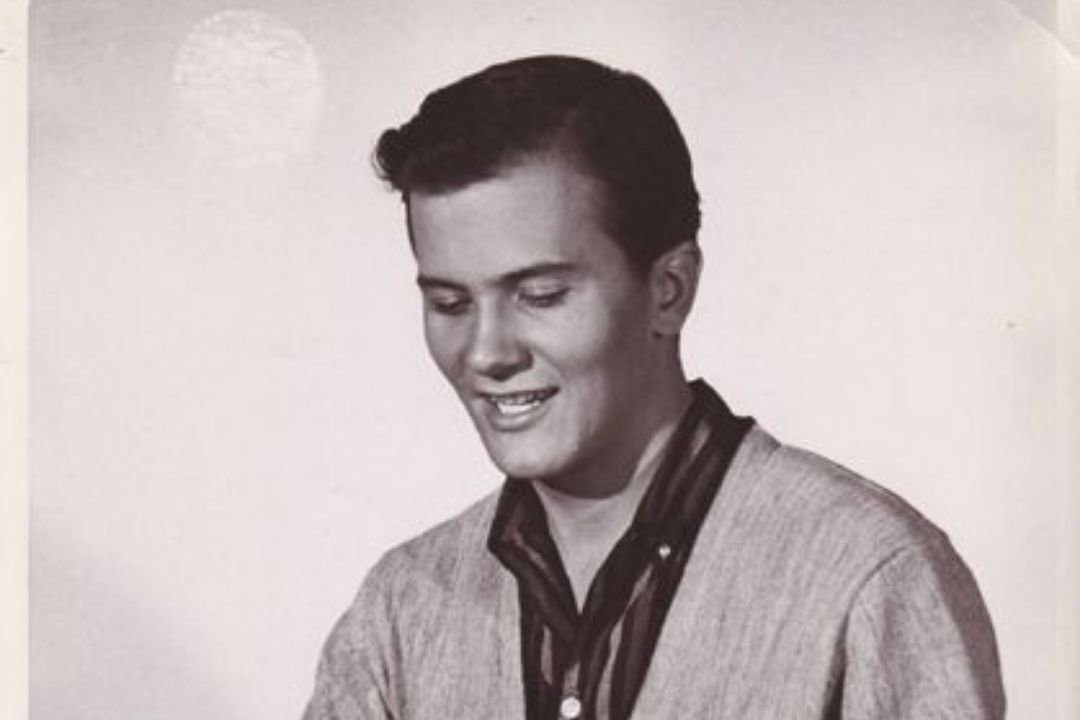About the song
Pat Boone – “Love Letters in the Sand”
A Gentle Ballad of Lost Love That Captured the Heart of the 1950s
“Love Letters in the Sand” by Pat Boone is one of the most memorable romantic ballads of the 1950s. Released in 1957, the song became a massive hit and remains one of Boone’s signature recordings. With its soothing melody, heartfelt lyrics, and Boone’s smooth, emotionally rich vocals, the song evokes the bittersweet nature of young love and heartbreak. It encapsulates a more innocent time in American popular music, when love songs dominated the airwaves and artists like Boone ruled the charts.
Though associated most famously with Pat Boone, “Love Letters in the Sand” was originally written in 1931. The music was composed by J. Fred Coots, with lyrics by Charles Kenny and Nick Kenny. Several versions were recorded during the 1930s and ’40s, but it was Pat Boone’s 1957 interpretation that turned the song into an enduring classic.
Musical Arrangement and Style
Pat Boone’s version of “Love Letters in the Sand” is stylistically rooted in the traditional pop and early rock ‘n’ roll era. The arrangement is soft, melodic, and carried by gentle acoustic instrumentation, with a prominent whistling section that adds a nostalgic and whimsical charm. Boone’s voice glides effortlessly over the music, conveying a calm and sentimental tone that underscores the song’s theme of lost love and emotional regret.
One of the most distinctive aspects of Boone’s rendition is its easy-listening aesthetic. Unlike the growing number of rockabilly and rhythm & blues records emerging during the mid-1950s, “Love Letters in the Sand” stood apart with its smooth production and crooner-style vocals. This made it immensely popular with mainstream audiences and helped to solidify Boone’s image as a clean-cut, all-American heartthrob.
Lyrics and Emotional Depth
Lyrically, the song tells a poetic and metaphorical story of love written in the sand—fragile, impermanent, and ultimately washed away by the tide. The opening lines set a romantic, yet melancholic tone:
“On a day like today, we passed the time away
Writing love letters in the sand…”
The metaphor of writing love letters in the sand suggests both the sweetness of a fleeting romance and the inevitability of its disappearance. When the tide comes in, the letters vanish—symbolizing how the promises and feelings of love can be easily erased.
The chorus reinforces the feeling of betrayal and sorrow:
“You made a vow that you would ever be true,
But somehow that vow meant nothing to you…”
These lines capture the emotional weight of broken promises and the pain of unreciprocated love. Despite its simple language, the song conveys profound emotional depth, resonating with anyone who has experienced heartache or the loss of a cherished relationship.
Chart Performance and Popularity
Pat Boone’s version of “Love Letters in the Sand” was a phenomenal commercial success. Released on Dot Records, it reached #1 on the Billboard Hot 100 chart, staying there for seven consecutive weeks in the summer of 1957. It also became a major hit on the Billboard Best Sellers in Stores and Most Played by Jockeys charts, making it one of Boone’s most successful recordings.
Its popularity was not limited to the United States—“Love Letters in the Sand” charted internationally and helped establish Boone as a global star. The song’s enduring appeal led to numerous reissues and it continues to be featured in oldies compilations and nostalgic radio programs.
Cultural Significance and Legacy
During a time when artists like Elvis Presley and Chuck Berry were ushering in the rebellious energy of rock and roll, Pat Boone represented a more traditional and wholesome side of popular music. “Love Letters in the Sand” exemplifies this contrast. It appealed to a broader, often older audience who favored polished vocals and sentimental themes over the raw energy of rock.
Boone’s success with the song also reflects the transitional period of American music in the late 1950s, where both conservative and progressive musical tastes coexisted. The song has since become a touchstone of 1950s romantic balladry, often used in films, TV shows, and period pieces to evoke a sense of wistful nostalgia.
Today, “Love Letters in the Sand” is considered one of the definitive love songs of its era. Its combination of tender emotion, memorable melody, and lyrical simplicity gives it a timeless quality that continues to resonate with listeners of all ages.
Conclusion
“Love Letters in the Sand” stands as a shining example of mid-20th-century American pop music. With its graceful melody, emotional storytelling, and Pat Boone’s sincere vocal performance, the song captures both the beauty and fragility of love. While it belongs to a bygone musical era, its themes remain universal and evergreen. More than just a hit record, it is a reminder of how music can so powerfully reflect the joys and sorrows of the human heart. Thanks to Pat Boone’s heartfelt interpretation, “Love Letters in the Sand” remains a cherished classic and a symbol of tender romance in American musical history.
